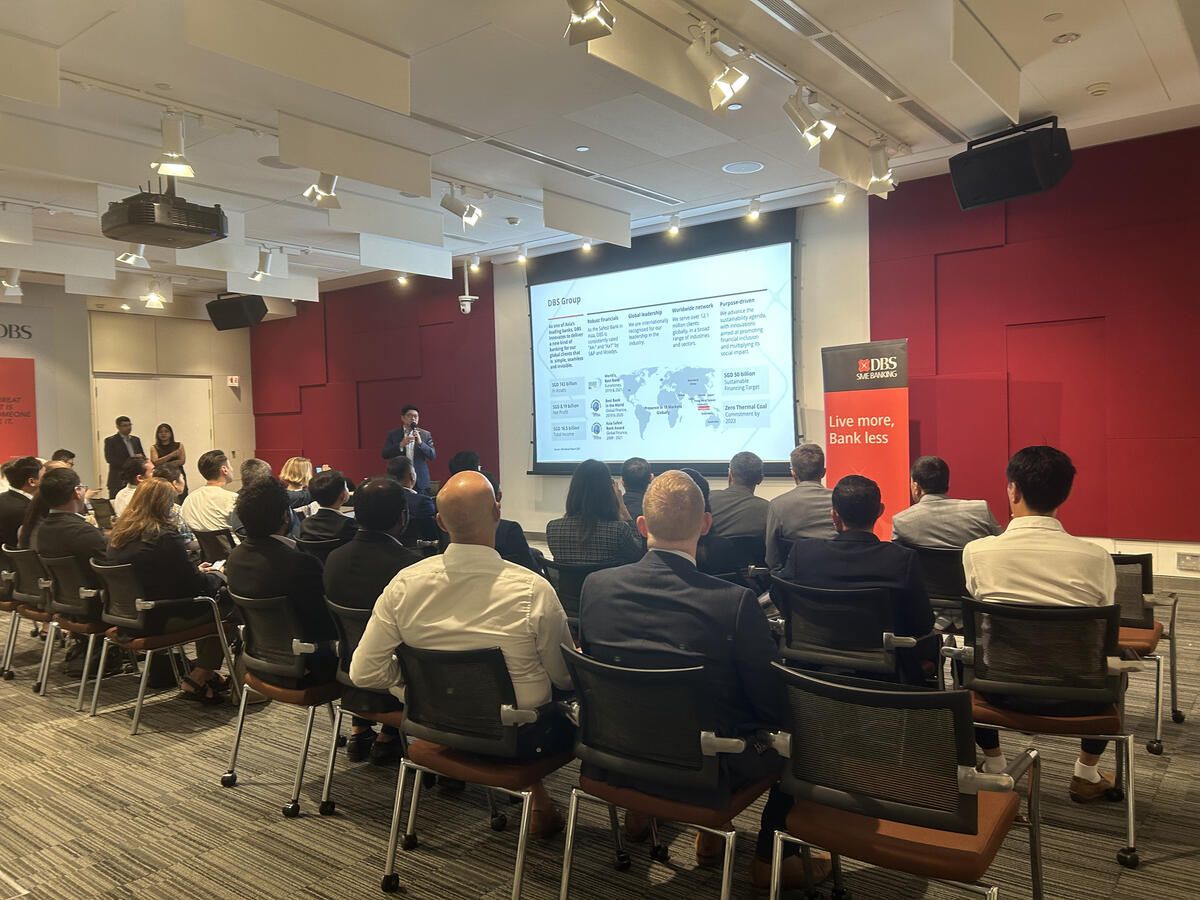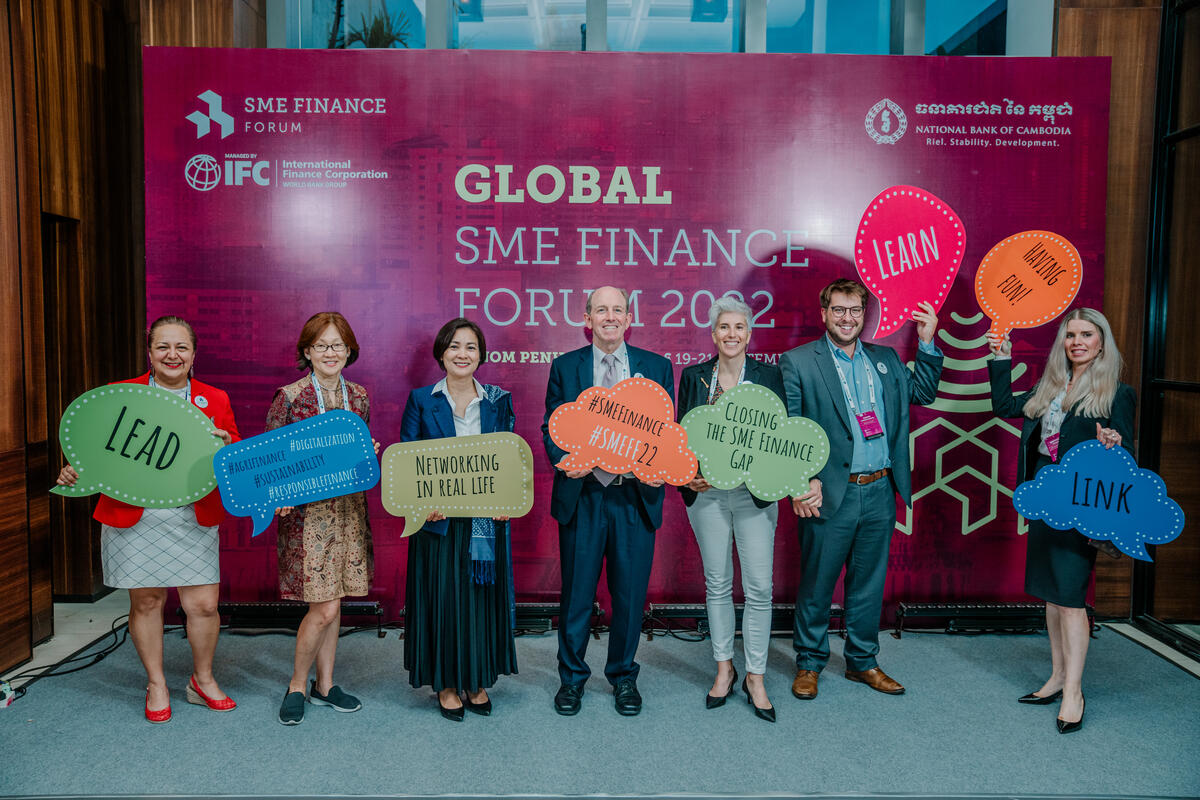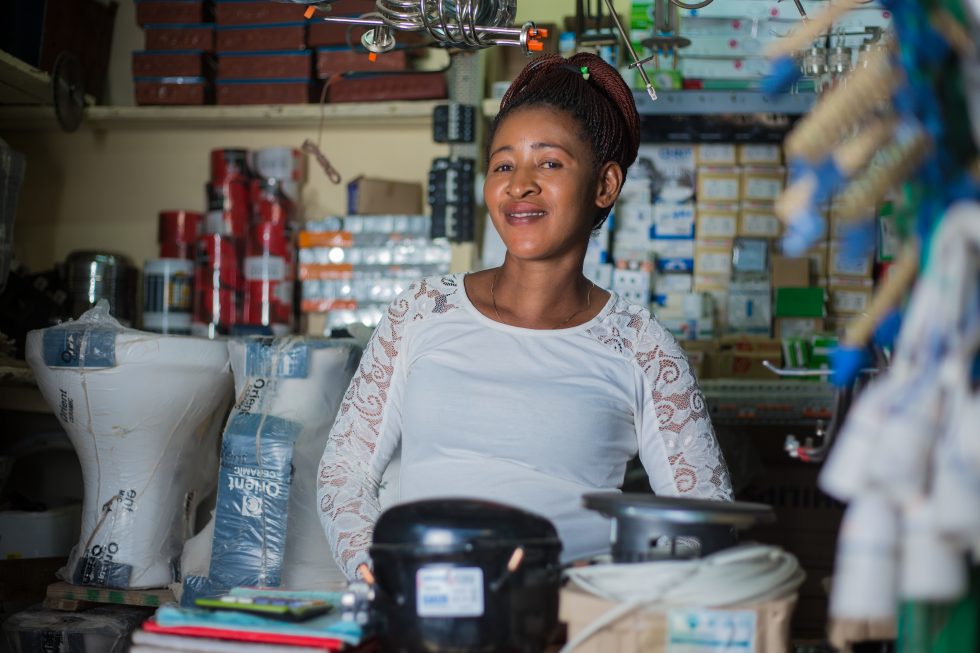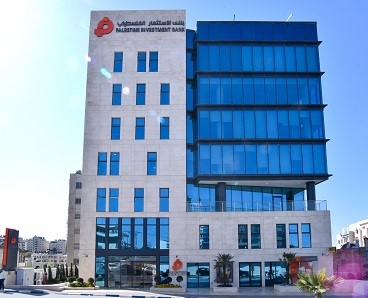Blog
Promoting Access to Digital Marketplaces for SMEs in India
Mar 01, 2021

A webinar summary.*
India is the fifth largest economy in the world, and has more than 100 million MSME employees, or 40% of India’s workforce. Only 600,000 people within the Indian workforce have access to credit products which are designed to serve MSMEs, leaving out 60+ million MSMEs. Small and medium organizations equate to 99.4% of MSMEs but have a small credit share of 6%-7%, which is comparable to the 70% credit share for large enterprises – this creates a credit gap of over USD300 billion.
The SME Finance Forum hosted a webinar with Shachindra Nath (U GRO Capital), Sharad Sharma (iSPIRT Foundation), Susan Olsen (ADB), Gaurav Malhotra (CDC Group), Ajay Rao (U.S. International Development Finance Corporation), KVS Manian (Kotak Mahindra Bank Ltd), Sanjeev Goel (Global Value Creation Partners), and Matthew Gamser (SME Finance Forum) as the moderator, to explore how digital platforms and digital infrastructures of the Indian Stack 2.0 can bridge the gap between MSME and financial services, and how to promote access to markets as a means of strategizing new business ecosystems where every provider can become a tech-enabled credit and product marketplace.
The conversation began with Sharad Sharma of iSPIRT Foundation, who discussed that India has been the nonlinear change when reimagining credit for MSMEs. Reimagination, for example, has led to the creation of the Aadhaar, or the direct benefits transfer program. The reason for the nonlinear change is due to three aspects of cash flow lending, which include market participation, public infrastructure, and policy; reimagining credit for MSMEs requires these three elements, too. In order to make these adjustments, there needs to be access to trustworthy and consented data for monitoring and underwriting account aggregators. Next, he mentioned the need for entrapment of cash flows for repayments, and then included that loan service providers, who act as agents of the borrowers, for low cost of borrow acquisition. There are three building blocks that were recommended – data empowerment and protection architectures, open credit enablement networks, and the loan service provider that will work towards MSME cash flow lending with the help of AA-OCEN-UPI. Lastly, Sharad spoke to the current phase launch of MSME cash flow lending and how it will continue to grow once developments have been processed.
Next, Shachindra Nath of U GRO Capital, spoke to the hybrid model of traditional and alternative methods that was created to bridge the unsolved credit gaps. In order to tackle this issue, there is a need for efficient digital infrastructure to address areas like intermediaries, direct interface, supply chain, system of records, and partnerships. Shachindra then discussed supply chain ecosystem financing and how it can target areas of concern within the current financing arrangements. He added that there are four pillars for analyzing cash flow: evaluating the repayment history, business assessments used for transaction data, forecasting a future cashflows, and digitization of personal interactions. He then explained that while the many programs that currently exist are great, the problem is utilizing the digital information effectively.
Susan Olsen of ADB was then able to speak about supporting digital ecosystems for MSME lending in India. Susan spoke to the areas where India Stack has resulted in dramatic improvements to facilitate ease of credit, including friction reduction, improved operating efficiency for lenders, and unlocked ability to develop alterative credit scoring to further bank the under or unserved. Areas that still need to be addressed include: NBFC financing, movable asset finance, productive credit, blockchain, and cybersecurity. She then went on to explain how ADB supports financial institutions to increase access to credit for MSMEs including through provision of technical assistance to enhance digital banking offerings, s, debt, guarantees to share risk and equity capital to scale business models.
KVS Manian of Kotak Mahindra Bank Ltd began to highlight a major shift within his own organization – being one of the first banks in India to offer 100% contact-less account opening process for clients as well as one of the first banks to launch a video KYC for the account opening process, indicating that the bank is focusing efforts on being progressive about technology adoption. KVS is also focusing on implementing analytics models that will aid in understanding portfolio performances and support reducing the subjectivity in customer selection, which is the direction that commercial banking is headed in India. Once technological infrastructures and sponsored government or commercial backings are added to the process then stronger support for banks will exist, and KVS suggests that operative support will only lead to the success of MSME lending in India.
Gaurav Malhotra, CDC Group, suggests that security, interaction with customers, and short-term re-financing programs are important for all participants. He points out that the ecosystem needs to be developed in order to have more structured and visible relationships and patterns for the development banks to make sensible financing decisions. Ajay Rao from U.S. International Development Finance Corporation highlighted two companies the DFC has financed, Samunnati Financial and Intermediation and Kinara Capital who provide loans to SME borrowers, such as agriculture businesses and the smallest players in industry supply chains. These Lenders enabled small holder farmers and small business entrepreneurs to participate in the economy. These lenders employ a combination of “high tech and high touch” processes when providing financing, to deploy the India stack 2.0 while verifying through persistent field monitoring. Traditionally, smaller MSMEs could only receive loans if they had property to put up for collateral. Now, lenders such as Samunnati and Kinara Capital analyze actual cash flow and receivables to support lending to businesses and allow them to expand operations as they obtain new contracts. With the digitalization and the formalization of agriculture supply chain relationships, rich data and new opportunities will continue to grow and benefit the smaller organizations.
Sanjeev Goel from Global Value Creation Partners expresses his closing remarks. He was super excited to see the innovations coming from India and with the scope and scale of their impact which is not available in any other market. That being said, more is needed to be done by large banks and DFIs. DFIs in particular can be less risk averse and be more supportive of the innovation happening in the market rather than gravitating towards larger and traditional businesses and providing standard products. He expects that, since the COVID disruption is behind us, DFIs would play a bigger role in supporting the massive digital transformation happening in India by investing in new business models, bringing global knowledge, and creating bespoke financial products and services.
Lastly, realizing the importance of understanding data and knowing how to use data points to make sound decisions is the next step that will bring upon the change that MSMEs need in order to adapt to the India Stack 2.0 digital platforms and help promote access to markets within the credit and product marketplace.
*This webinar was organized in partnership with member U GRO Capital. Watch the video here>


























